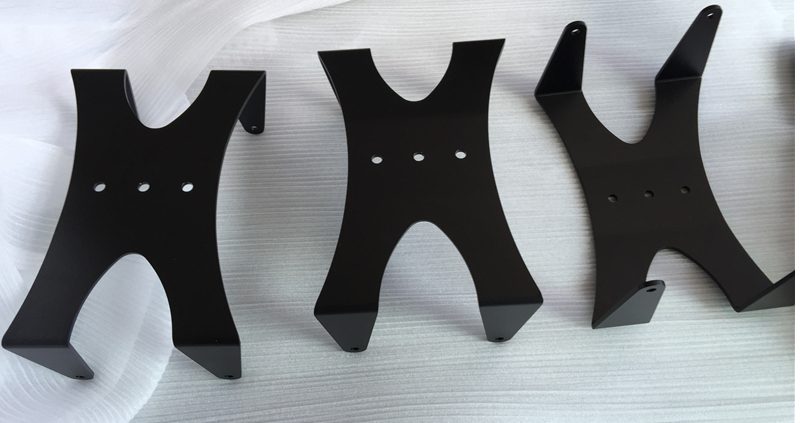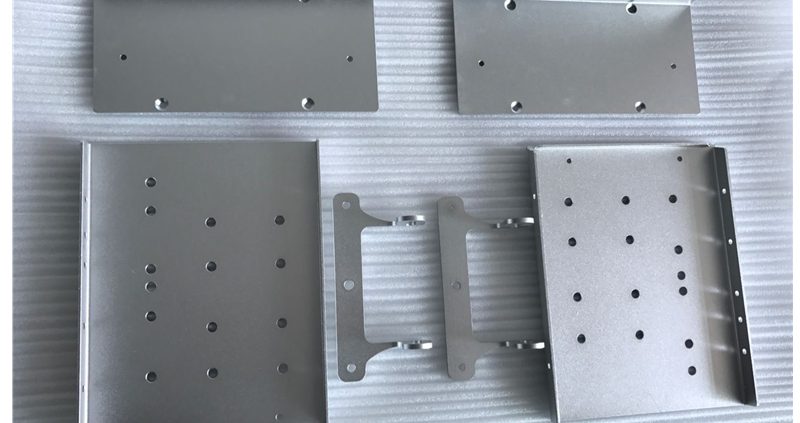Sheet Metal Fabrication
Sheet Metal Fabrication
Machining metal sheet material also called as metal plate fabrication,which mainly include cutting,bending,brake forming,stamping,welding,riveting and so on.Regarding sheet metal,we probably can understand that is a parts of constant thickness during processing.
Sheet metal is widely used in mechanical manufacturing,for example,we usuallly will use metal plate for making chimney,metal bucket,ventilation shaft,oiler,etc.
About the material,sheemt metal fabrication generally will use such as SPCC,SHCC,SECC,SGCC,copper,brass,red copper,beryllium copper,stainless steel (mirro surface,brush surface,matte,etc),aluminum (6061,6063,hard aluminum,etc).The manufacturer will offer their suggestion according to the use of the product,the cost that customer require.
1.SPCC mainly be used in electroplated parts and coated parts.The thickness of SPCC sheet parts is thinner than 3.2mm,with low cost and easily formed.
2.Like SPCC material,SHCC material mainly be used in electroplated parts and coated parts,with low cost.But the thickness of them are thicker than 3.0mm,also,they are hard to be formed.Mostly will be used for flat components.
3.SECC and SGCC material mostly for the parts that do not require surface treatment.Also,the cost for make them are highly.
4.Copper mostly for the product that require conduction of electricity,which will takes high cost.The surface finish for copper generally is nickel plating,chrome plating or without surface finished.
5.The surface treatment we usually will use for aluminum alloy material is anodizing,silver plating,nickel plating.
6.The section aluminum material with complex structure mostly will be used in subrack.
7.The stainless steel material made parts generally without surface finish.
The ways to cut material in metal plate machining as following.
1.The shears mostly is for cutting the simple shape material,tolerance is lower than 0.2mm,which are with low cost,but only can be used in machining the sheared strip or lump material.
2.The puncher can cutting the material into kinds of shape,the advantage of making sheet metal by puncher is with short time production,high efficiency,high tolerance and low cost,which are suitable for bulk prodcution,but it will need to make mould before producing.
3.About cutting the material by NC,we will need to programm before machining.The feature of this machining way is with low cost and tolerance is 0.15mm,but the structure of parts will be effcted by the structure of the tool.
4.We also can use laser cutting process to cut the material out of shape.Like the way of NC,laser cutting also need to programm before working,This way can cut the flat piece with complex shape,and tolerance is 0.1mm,but the cost of this way is high.
5.The saw machine can be usd in such as section aluminum,square tube, diagram tube and round bar material,also with low cost and low tolerance.


